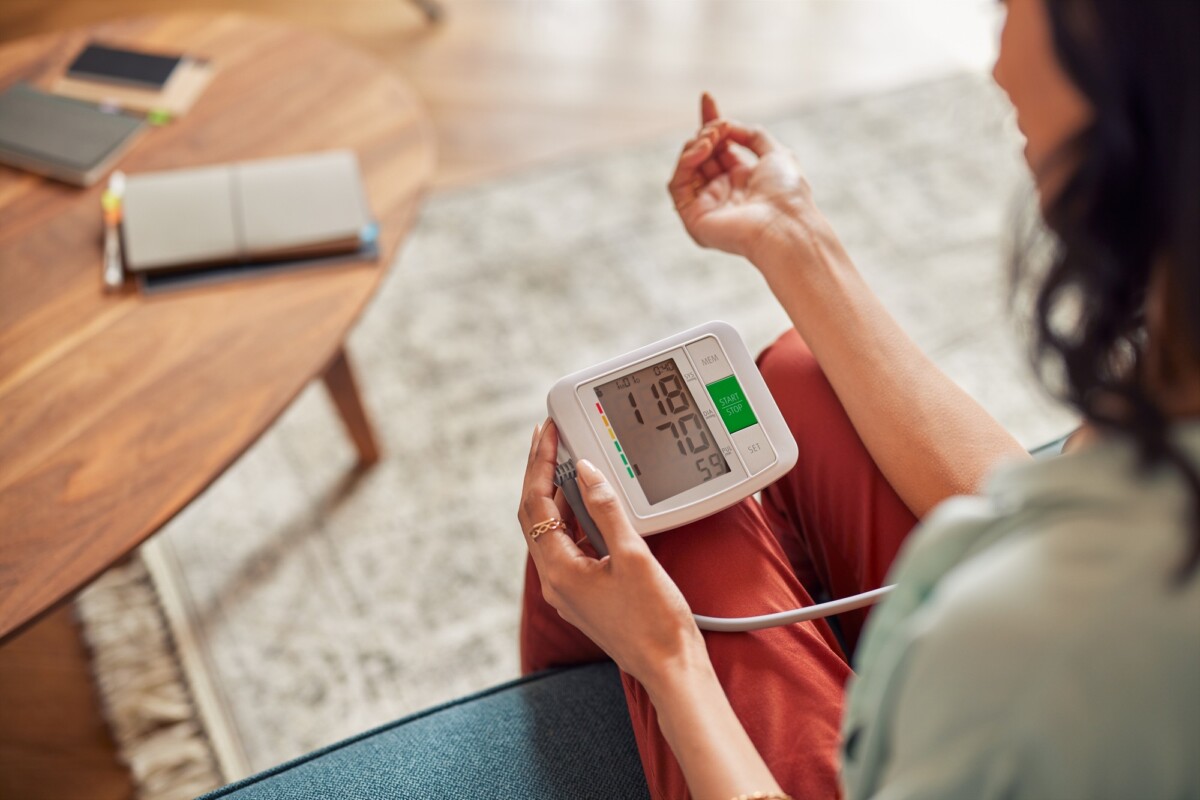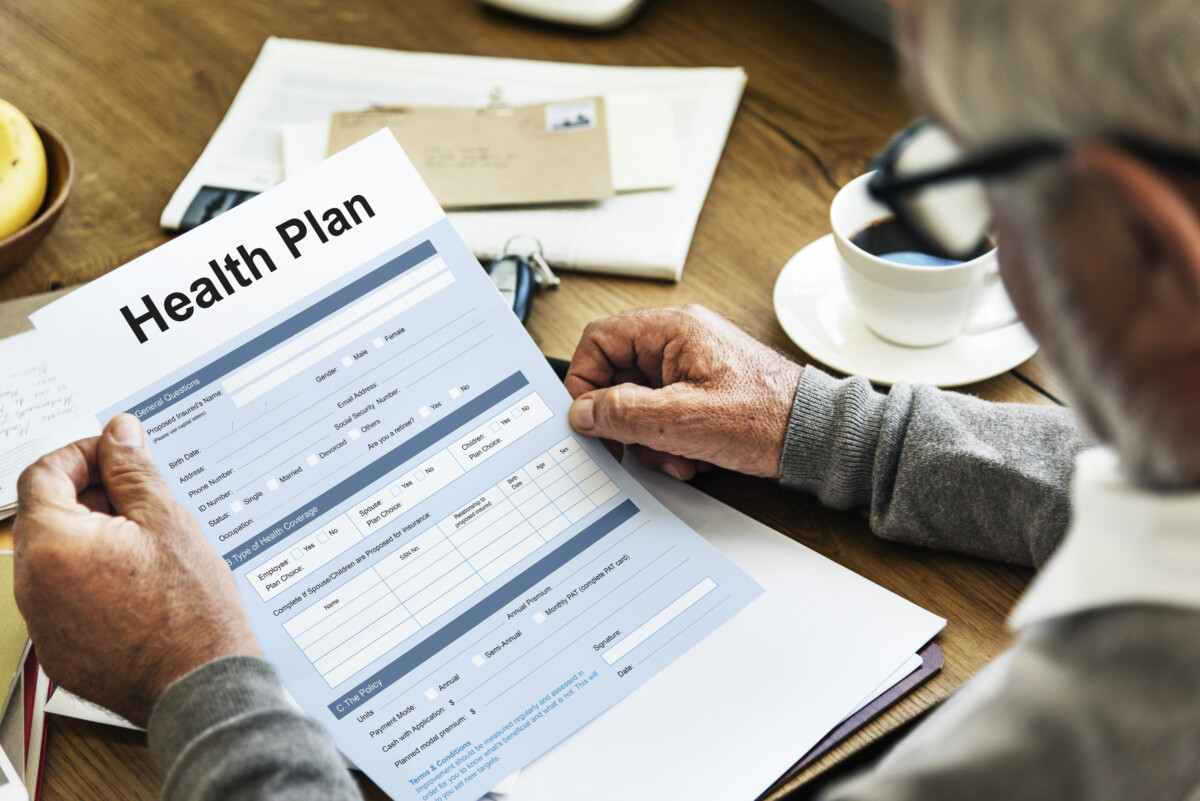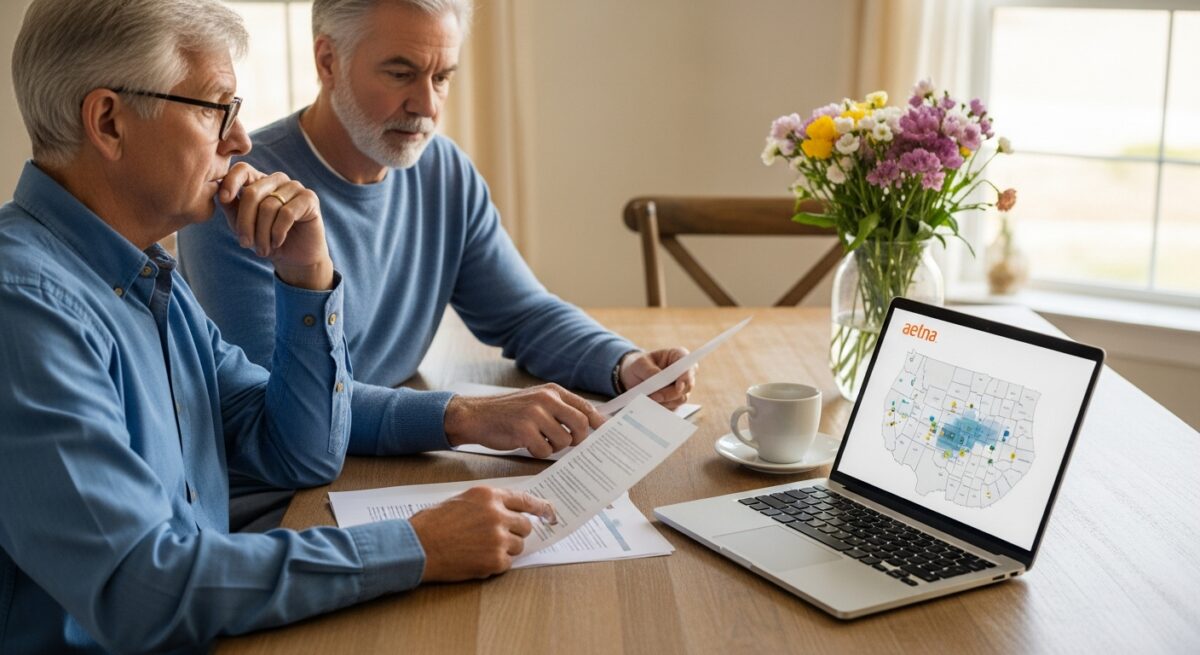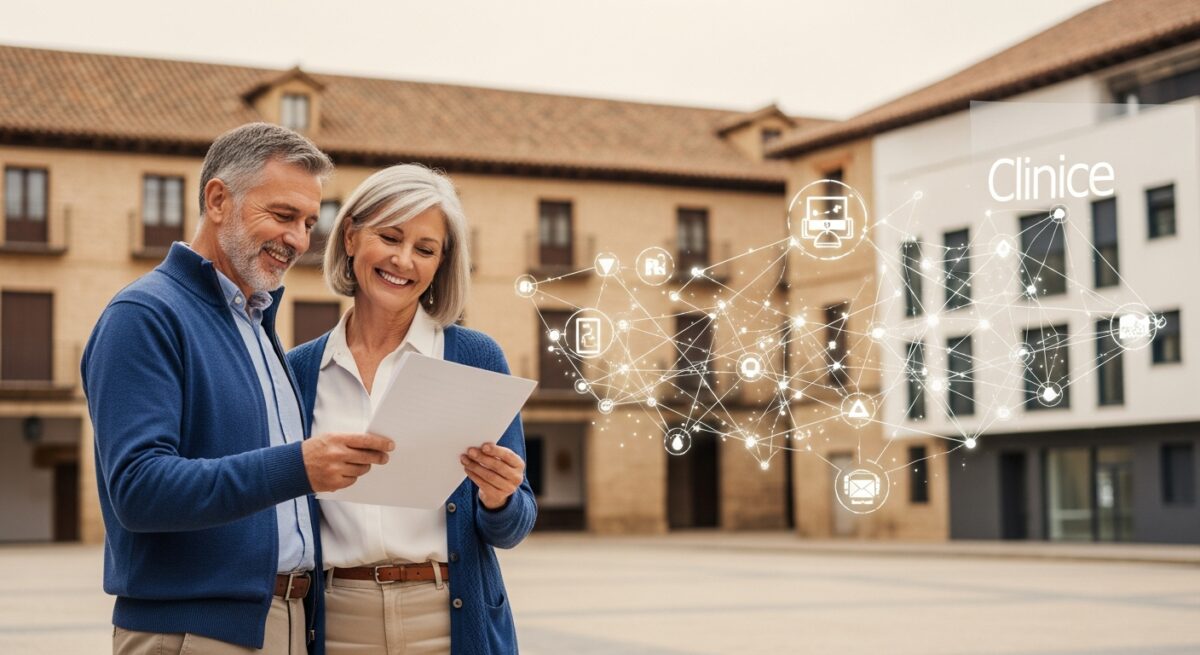Free Blood Pressure Monitors: Why You Shouldn’t Wait to Get Yours
Maintaining optimal blood pressure is crucial for overall health, as hypertension can lead to severe complications such as heart disease, stroke, and kidney failure. Regular monitoring is essential for early detection and management. However, the cost of blood pressure monitors can be a barrier for many individuals. Fortunately, in 2025, various programs and initiatives offer free blood pressure monitors to eligible individuals. This article provides an in-depth exploration of these opportunities, eligibility criteria, and additional resources to help you obtain a free blood pressure monitor.
Importance of Regular Blood Pressure Monitoring
Regular blood pressure monitoring is vital for:
-
Early Detection: Identifying hypertension before it leads to more severe health issues.
-
Management: Assisting healthcare providers in adjusting medications and lifestyle recommendations.
-
Prevention: Helping individuals make informed decisions to prevent the onset of hypertension-related complications.
Eligibility for Free Blood Pressure Monitors
Several organizations and programs provide free blood pressure monitors to specific populations. Eligibility criteria vary across programs:
1. Blue Cross and Blue Shield’s Federal Employee Program (FEP)
-
Eligibility: Contract holders or spouses aged 18 or older diagnosed with hypertension.
-
Details: Eligible members can receive a free digital blood pressure monitor as part of the Hypertension Management Program.
2. National Association of Letter Carriers (NALC) Health Benefit Plan
-
Eligibility: Members or adult dependents (18+) enrolled in the NALC Health Benefit Plan with blood pressure readings of 130/80 mmHg or above or those taking blood pressure medications
-
Details: Participants can enroll in the Hello Heart program, which provides a free blood pressure monitor and an accompanying app for tracking readings.
3. Texas Children’s Health Plan (CHIP-Perinate Program)
-
Eligibility: CHIP-Perinate members diagnosed with high blood pressure during pregnancy or at the time of delivery.
-
Details: Eligible members can request a free blood pressure monitor up to 30 days after the end of the eligible year.
-
Eligibility: Varies by state; many state Medicaid plans cover home blood pressure monitoring services for beneficiaries with uncontrolled blood pressure.
-
Details: For instance, Michigan Medicaid provides automated blood pressure monitors to beneficiaries with a history of heart disease, congenital heart defects, or stroke.
Medicare Coverage for Blood Pressure Monitors
Medicare’s coverage for blood pressure monitors is limited:
-
Ambulatory Blood Pressure Monitors (ABPM): Medicare covers the use of ABPM once a year when ordered by a doctor to diagnose white coat hypertension or masked hypertension.
-
Home Blood Pressure Monitors: Generally, Medicare does not cover home blood pressure monitors unless the patient is undergoing home dialysis.
Free Blood Pressure Monitoring Apps
While a physical blood pressure monitor is necessary for accurate readings, several free apps can help track and manage your blood pressure data:
-
SmartBP: An easy-to-use app that allows users to record, track, analyze, and share blood pressure readings. Available on iOS and Android.
-
Blood Pressure App: Assists users in tracking blood pressure trends and provides lifestyle tips.
It’s important to note that while these apps are free, they require manual input of blood pressure readings from a physical monitor.
Obtaining a Blood Pressure Monitor Without a Prescription
Blood pressure monitors are widely available for purchase without a prescription at pharmacies, medical supply stores, and online retailers. However, consulting with a healthcare provider before purchasing is advisable to ensure you select a device that meets your needs and is validated for accuracy.
Tips for Accurate Home Blood Pressure Monitoring
To ensure reliable readings:
-
Choose the Right Monitor: Opt for an automatic, upper-arm cuff-style monitor.
-
Proper Positioning: Sit upright with your back supported, feet flat on the floor, and arm supported at heart level.
-
Consistent Timing: Measure at the same times each day, such as morning and evening.
-
Avoid Caffeine and Exercise: Refrain from consuming caffeine or exercising 30 minutes before measuring.
-
Multiple Readings: Take two or three readings one minute apart and record all results.
FAQs
Who is eligible for a free blood pressure monitor?
Eligibility varies by program. For example, Blue Cross and Blue Shield’s Federal Employee Program offers free monitors to contract holders or spouses aged 18 or older with hypertension. State Medicaid programs may also monitor beneficiaries with uncontrolled blood pressure.
Is there a totally free blood pressure app?
Yes, apps like SmartBP and Blood Pressure App are free to download and use. However, they require manual input of readings from a physical blood pressure monitor.
Can you get a free blood pressure monitor from Medicare?
Medicare generally does not cover home blood pressure monitors, except for patients undergoing home dialysis or when an ambulatory blood pressure monitor is prescribed for specific conditions.
Conclusion
Regular blood pressure monitoring is a cornerstone of cardiovascular health management. In 2025, various programs offer free blood pressure monitors to eligible individuals, particularly those with specific health conditions or coverage plans. While Medicare’s coverage is limited, Medicaid and private insurance plans may provide additional options. Utilizing free apps can enhance tracking and management, but they should complement, not replace, regular consultations with healthcare providers.
You deserve clarity. You deserve savings. Get both at Newmedicare.com or call (833) 203-6742!






